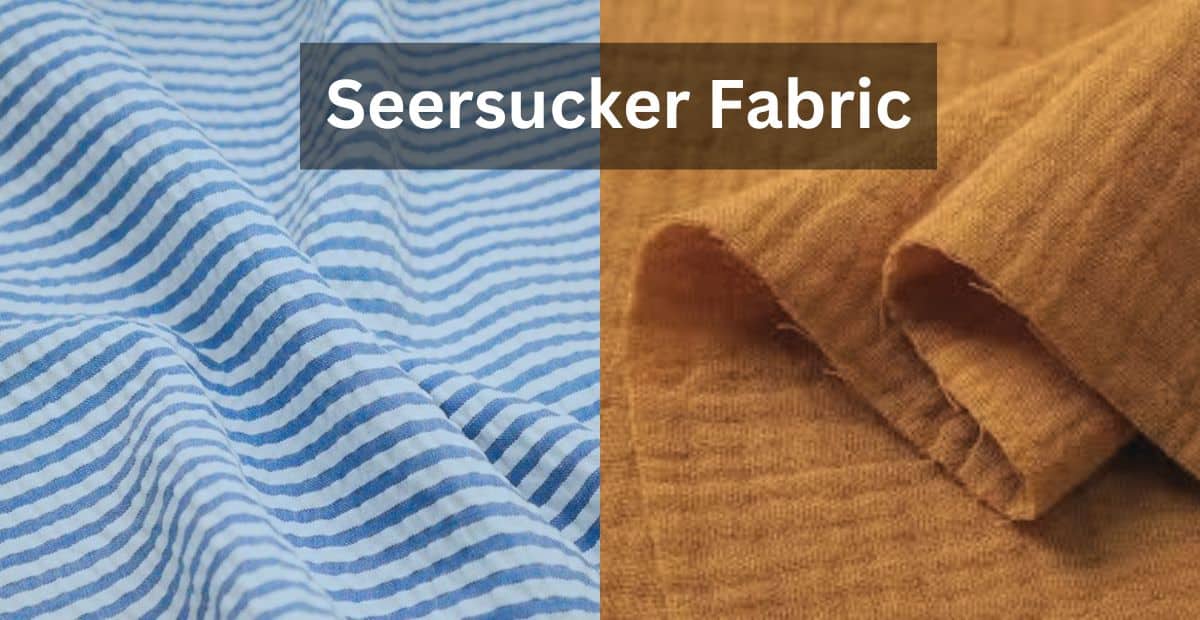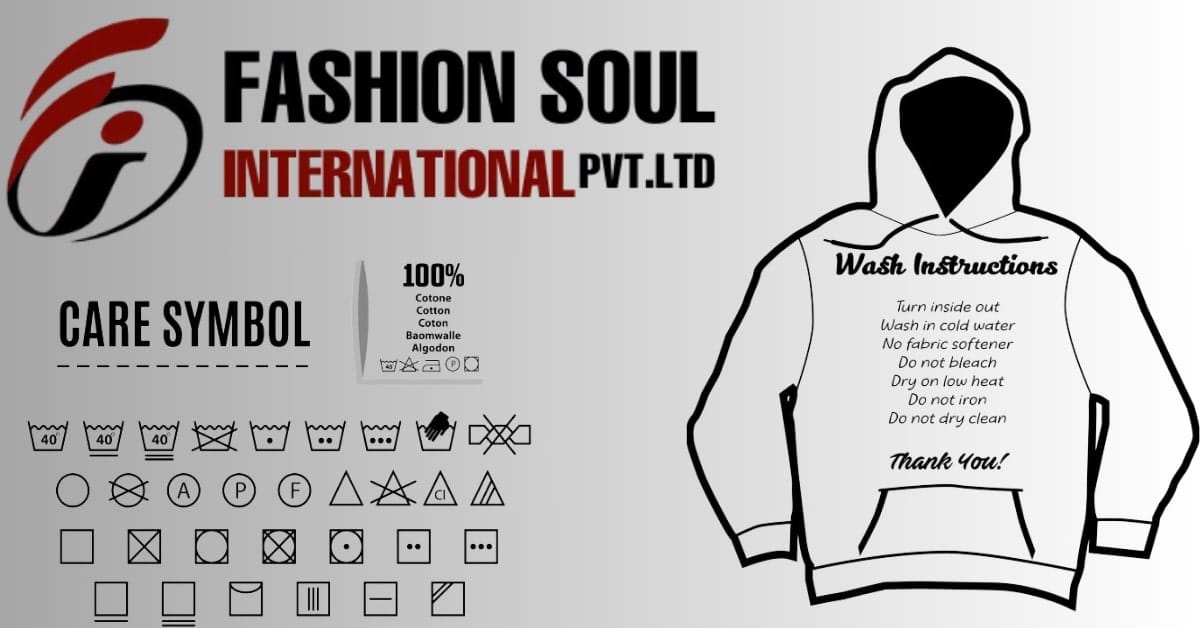Efficiency in clothing manufacturing is the secret sauce to staying competitive in today’s fast-paced fashion industry. But how do you really ramp up efficiency without cutting corners? This article dives deep into the nitty-gritty of boosting efficiency in clothing manufacturing, covering everything from common challenges to advanced technology applications and sustainable practices. Let’s get started on this journey to make your manufacturing process smoother and more effective.


- Understanding Efficiency
- Definition and Key Metrics
- Why Efficiency Matters
Understanding Efficiency in Manufacturing
Efficiency in manufacturing is all about maximizing output while minimizing input. Key metrics to gauge efficiency include production time, labor productivity, machine utilization, and defect rates. When these metrics are optimized, you get more bang for your buck.
Why does efficiency matter so much? Simply put, it’s the difference between thriving and just surviving. Efficient operations lead to lower costs, higher quality products, faster turnaround times, and ultimately, happier customers. In an industry as dynamic as fashion, staying efficient is a non-negotiable.

Understanding Efficiency & Boosting in Clothing Manufacturing
Efficiency in clothing manufacturing refers to the optimal use of resources—time, labor, materials, and energy—to produce garments. High efficiency means producing high-quality products at a lower cost and in less time, which directly impacts profitability and sustainability. Read more quality control.

Enhancing Workforce,Boost Training and Development
Importance of Skilled Labor
Training Programs and Initiatives
Continuous Improvement
Skilled workers produce higher-quality products more efficiently.
Regular training programs help workers stay updated with the latest techniques and technologies.
Ongoing education and development foster a culture of continuous improvement and innovation.
Tools for Monitoring and Analysis
Conclusion
Boosting efficiency in clothing manufacturing requires a multifaceted approach, incorporating lean principles















